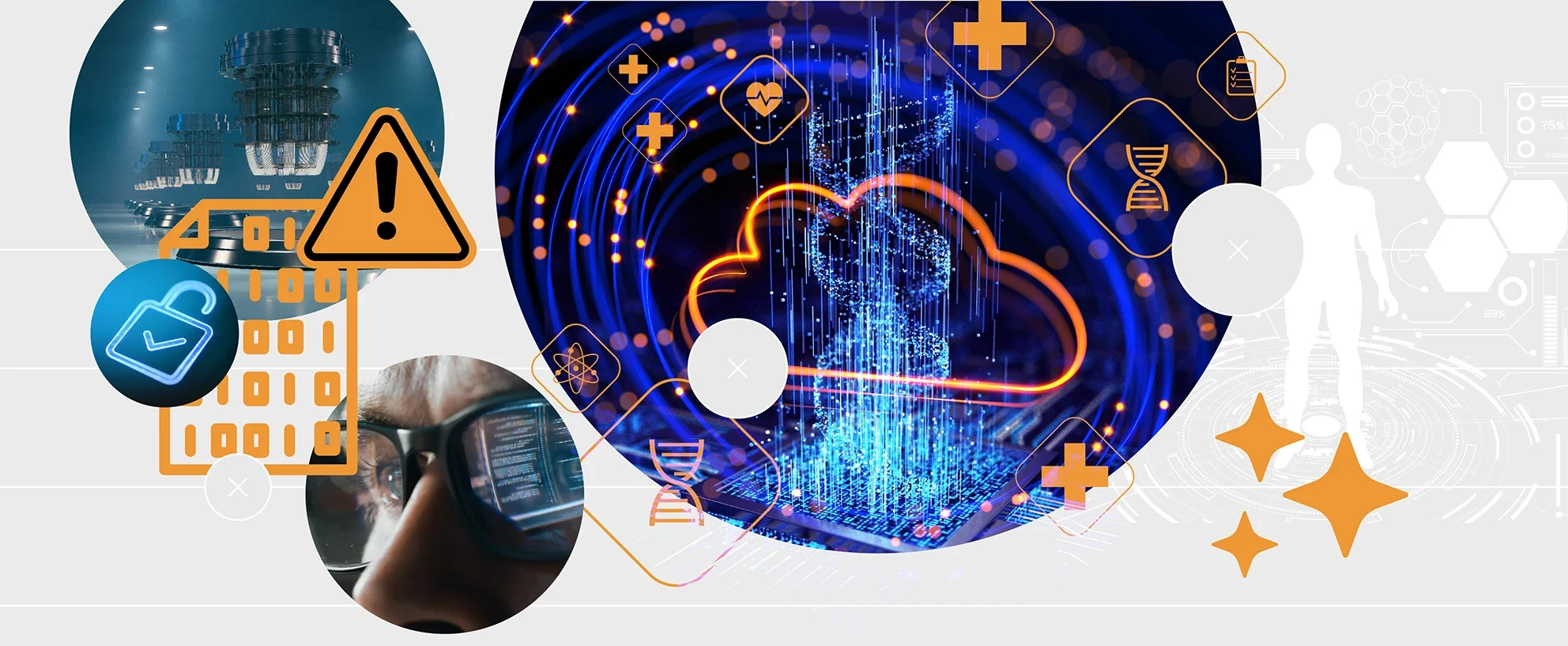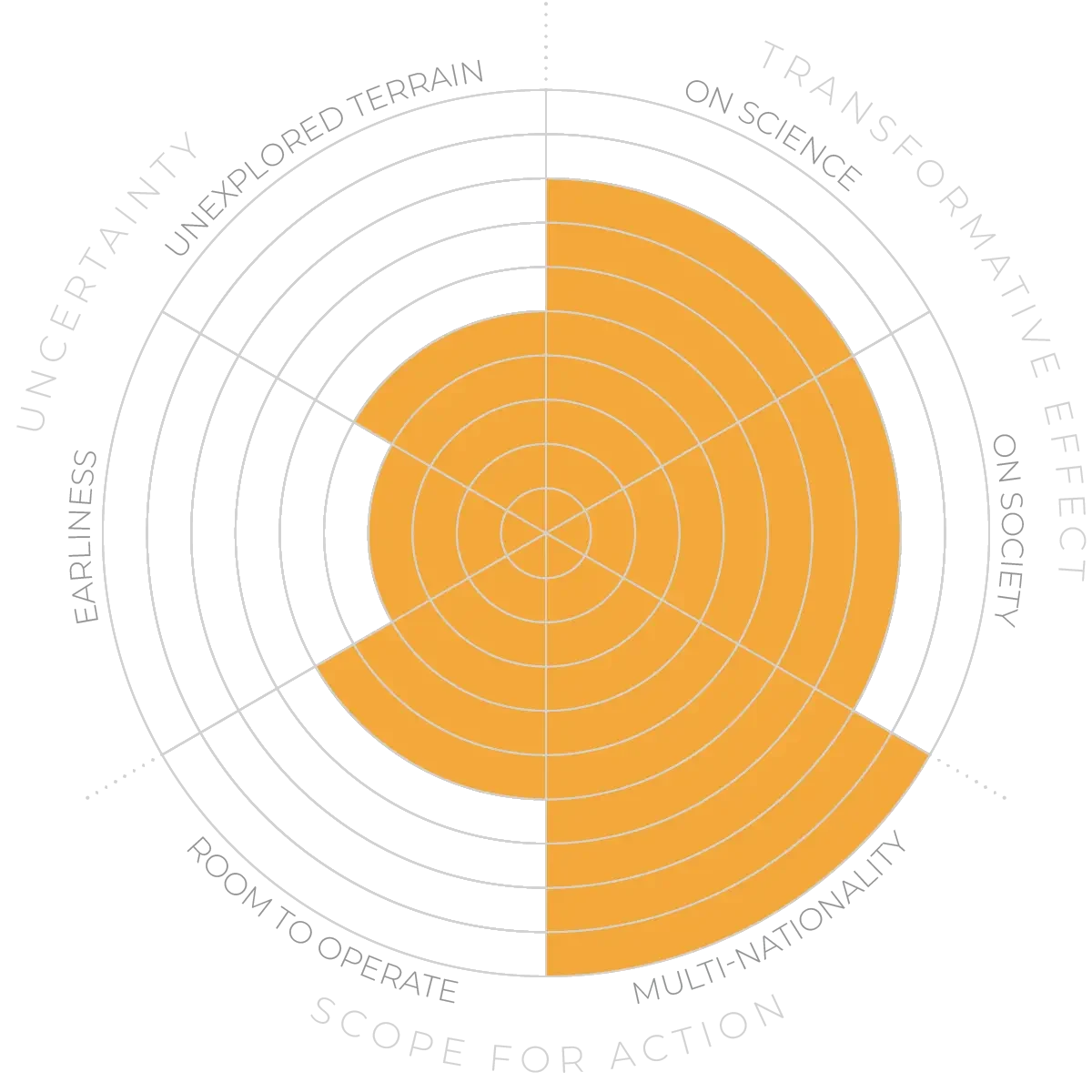This has led to much work on homomorphic encryption8, which allows encrypted information to be searched and processed while remaining encrypted. Applications include healthcare, banking, voting, genome encryption and beyond. Zero-knowledge proofs allow data verification without revealing anything about the data itself 9and have applications in healthcare, electronic identity systems, arms verification and so on. Another challenge comes from quantum-computing systems, which are soon expected to become capable of breaking many public-key cryptographic systems that are in widespread use for communication, financial transactions and the like. The US National Institute of Standards and Technology is coordinating efforts to develop post-quantum cryptographic standards that will be immune to quantum attack.10 But much work needs to be done to make sure they are safe.
The “internet of things” is a network expected to connect over 40 billion devices by 2025,11 but there are significant challenges in achieving this securely. These devices operate with lower power and with limited computational resources, which limits the data processing they can do. Ongoing research for securing the internet of things focuses on blockchains, physically unclonable functions and post-quantum cryptography. Many of these techniques require improvements, such as error-detection routines and practical, user-friendly hardware interfaces. Device-independent cryptography, where users can test a device’s security for themselves, removing any reliance on manufacturer-issued assurances, remains an important goal.



